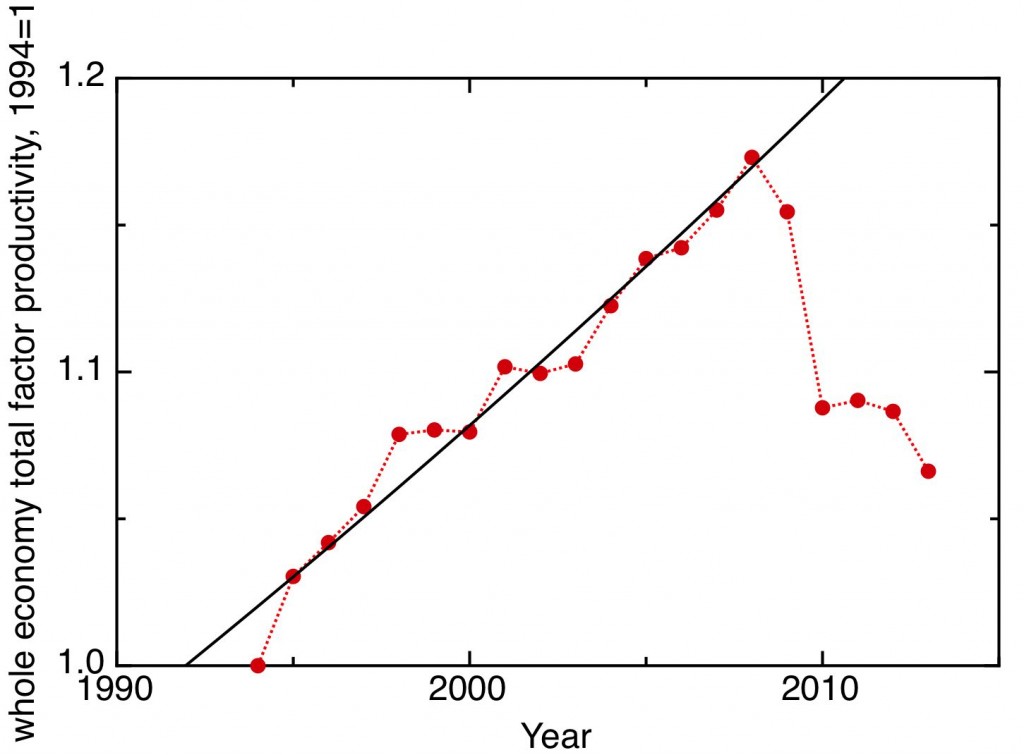The political scientist Francis Fukuyama once identified transhumanism as the “the world’s most dangerous idea”. Perhaps a handful of bioconservatives share this view, but I suspect few others do. After all, transhumanism is hardly part of the mainstream. It has a few high profile spokesmen, and it has its vociferous adherents on the internet, but that’s not unusual. The wealth, prominence, and technical credibility of some of its sympathisers – drawn from the elite of Silicon Valley – does, though, differentiate transhumanism from the general run of fringe movements. My own criticisms of transhumanism have focused on the technical shortcomings of some of the key elements of the belief package – especially molecular nanotechnology, and most recently the idea of mind uploading. I fear that my critique hasn’t achieved much purchase. To many observers with some sort of scientific background, even those who share some of my scepticism of the specifics, the worst one might say about transhumanism is that it is mostly harmless, perhaps over-exuberant in its claims and ambitions, but beneficial in that it promotes a positive image of science and technology.
But there is another critique of transhumanism, which emphasises not the distance between transhumanism’s claims and what is technologically plausible, as I have done, but the continuity between the way transhumanists talk about technology and the future and the way these issues are talked about in the mainstream. In this view, transhumanism matters, not so much for its strange ideological roots and shaky technical foundations, but because it illuminates some much more widely held, but pathological, beliefs about technology. The most persistent proponent of this critique is Dale Carrico, whose arguments are summarised in a recent article, Futurological Discourses and Posthuman Terrains (PDF). Although Carrico looks at transhumanism from a different perspective from me, the perspective of a rhetorician rather than an experimental scientist, I find his critique deserving of serious attention. For Carrico, transhumanism distorts the way we think about technology, it contaminates the way we consider possible futures, and rather than being radical it is actually profoundly conservative in the way in which it buttresses existing power structures.
Carrico’s starting point is to emphasise that there is no such thing as technology, and as such it makes no sense to talk about whether one is “for” or “against” technology. On this point, he is surely correct; as I’ve frequently written before, technology is not a single thing that is advancing at a single rate. There are many technologies, some are advancing fast, some are neglected and stagnating, some are going backwards. Nor does it make sense to say that technology is by itself good or bad; of the many technologies that exist or are possible, some are useful, some not. Or to be more precise, some technologies may be useful to some groups of people, they may be unhelpful to other groups of people, or their potential to be helpful to some people may not be realised because of the political and social circumstances we find ourselves in. Continue reading “Does transhumanism matter?”
